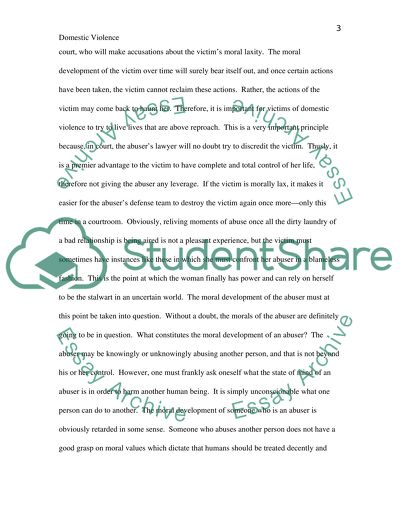Cite this document
(“Moral Development and Domestic Violence Essay Example | Topics and Well Written Essays - 2500 words”, n.d.)
Retrieved from https://studentshare.org/miscellaneous/1522038-moral-development-and-domestic-violence
Retrieved from https://studentshare.org/miscellaneous/1522038-moral-development-and-domestic-violence
(Moral Development and Domestic Violence Essay Example | Topics and Well Written Essays - 2500 Words)
https://studentshare.org/miscellaneous/1522038-moral-development-and-domestic-violence.
https://studentshare.org/miscellaneous/1522038-moral-development-and-domestic-violence.
“Moral Development and Domestic Violence Essay Example | Topics and Well Written Essays - 2500 Words”, n.d. https://studentshare.org/miscellaneous/1522038-moral-development-and-domestic-violence.


